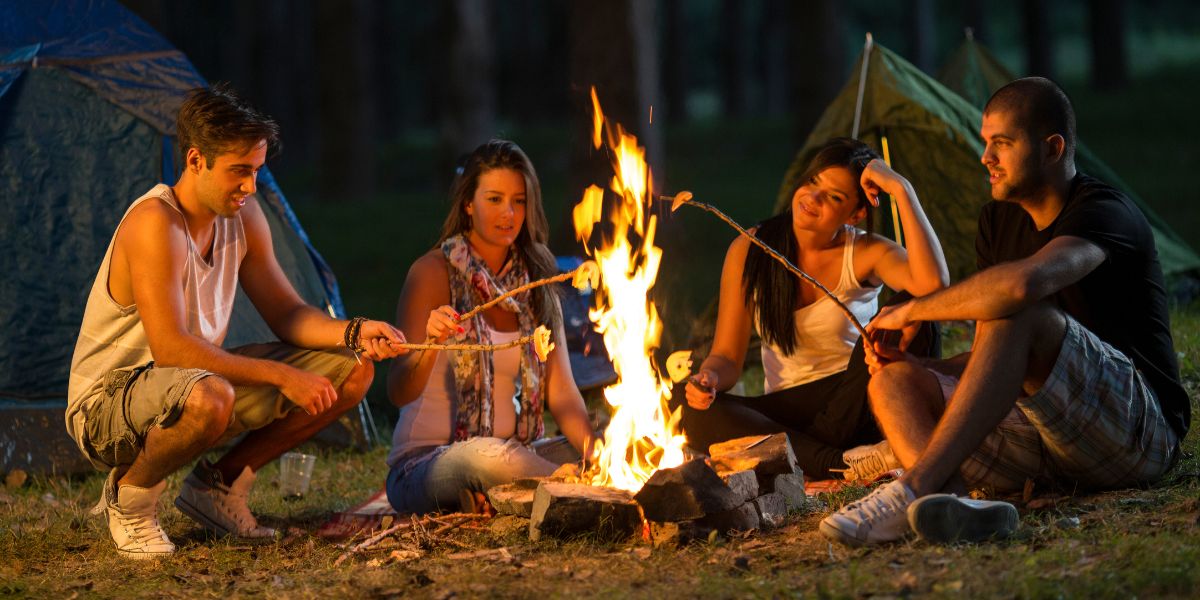
When you hit the trails, safety should always be your top priority. It's essential to prepare properly, know your surroundings, and be aware of changing weather conditions. By sticking to marked paths and respecting trail etiquette, you can enhance your experience while protecting the environment. But what should you pack in your gear, and how can you effectively navigate unexpected situations? Let's explore the best practices to keep you safe and confident on your outdoor adventures.
Preparing for Your Trip: Essential Gear and Supplies
When you're gearing up for a camping trip, having the right supplies can make all the difference.
Start with a sturdy tent and a sleeping bag appropriate for the season. Don't forget a reliable flashlight or headlamp to navigate after dark.
You'll want to pack a first-aid kit, just in case. Bring enough food and water, along with a portable stove or cooking gear for meal prep.
Multi-tools and fire-starting supplies are also essential for various tasks. Don't underestimate the importance of proper clothing; layers help you adapt to changing weather.
Lastly, include a map and compass for navigation. With the right gear, you'll be well-prepared and can focus on enjoying the great outdoors safely.
Navigating the Outdoors: Map Reading and Trail Etiquette
Understanding how to read a map and follow trail etiquette is crucial for a safe and enjoyable camping experience. Start by familiarizing yourself with key map features, like scale and symbols. Always orient the map to your surroundings and use landmarks for navigation.
When hiking, stick to marked trails to protect wildlife and vegetation. If you encounter others on the path, yield to those going uphill and step aside to allow faster hikers to pass. Keep noise levels down to respect nature and fellow campers.
Don't forget to pack out what you bring in, including trash and food wrappers. Practicing these skills not only enhances your experience but also ensures a safer environment for everyone on the trail.
Weather Awareness: Staying Informed and Prepared
Being aware of the weather can make the difference between a memorable camping trip and a challenging ordeal. Before you head out, check the local forecast to anticipate any changes.
Download weather apps or carry a portable radio to stay updated while you're in the wild. Pay attention to any sudden shifts in temperature, wind, or cloud cover, as these can signal approaching storms.
If the forecast predicts severe weather, consider postponing your trip or altering your route to stay safe. Always pack appropriate gear for different conditions, like rain jackets or extra layers.
First Aid Basics: Responding to Common Injuries and Emergencies
Knowing some basic first aid can make a significant difference in how you handle injuries or emergencies while camping.
First, always carry a well-stocked first aid kit.
For cuts and scrapes, clean the wound with water, apply an antiseptic, and cover it with a sterile bandage.
If someone sprains an ankle, encourage them to rest, ice the area, compress it with a bandage, and elevate the foot.
In case of allergic reactions, use an antihistamine if available.
For burns, cool the area with running water and cover it loosely.
If someone faints or shows signs of shock, keep them lying down and elevate their legs.
Always seek professional help for severe injuries or emergencies.
Stay calm and act quickly!
Conclusion
By prioritizing safety and preparation, you can enjoy your time on the trail with confidence. Always pack the right gear, stay aware of your surroundings, and know how to read a map. Keep an eye on the weather and be ready for changes. A well-stocked first aid kit can make all the difference in emergencies. Remember, respecting trail etiquette not only enhances your experience but ensures everyone can enjoy the beauty of nature safely. Happy hiking!
Trending Products














